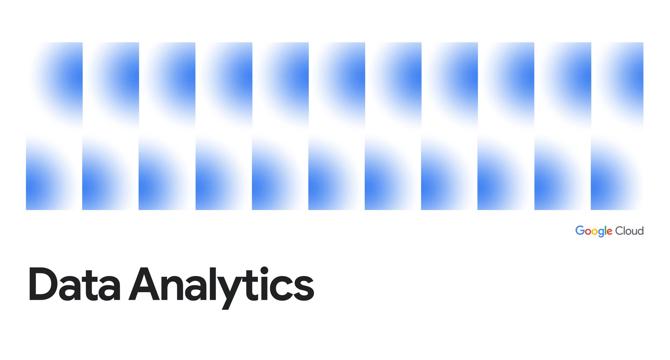Cloudblog
4w
316

Image Credit: Cloudblog
Understand why your metrics moved with contribution analysis in BigQuery ML, now GA
- BigQuery ML contribution analysis, now generally available, allows for automating insight generation and identifying key change drivers from multidimensional data for quicker decision-making.
- The GA version of contribution analysis introduces new features such as automated support tuning with top-k insights by apriori support and improved insight readability with redundant insight pruning.
- With the new pruning_method option, users can choose to prune redundant insights to see only unique insights, enhancing the clarity of analysis results.
- Further, expanded metric support includes the summable by category metric, enabling analysis of metrics normalized by unique values of a categorical variable.
- This metric is useful for adjusting outliers in data and comparing different numbers of rows in test and control datasets.
- A retail sales example is provided to demonstrate how to utilize contribution analysis in BigQuery ML to identify key contributors to changes in product sales.
- By creating a summable by category metric contribution analysis model, users can efficiently extract insights by setting various options such as top_k_insights_by_apriori_support.
- The model output provides ordered insights by contribution value, aiding in understanding the impact of different variables on the metric of interest.
- Utilizing contribution analysis can help businesses quickly pinpoint areas of improvement based on data-backed insights, ultimately enhancing decision-making processes.
- To explore contribution analysis further, users are encouraged to refer to the tutorial and documentation for a hands-on experience with their own datasets.
Read Full Article
19 Likes
For uninterrupted reading, download the app